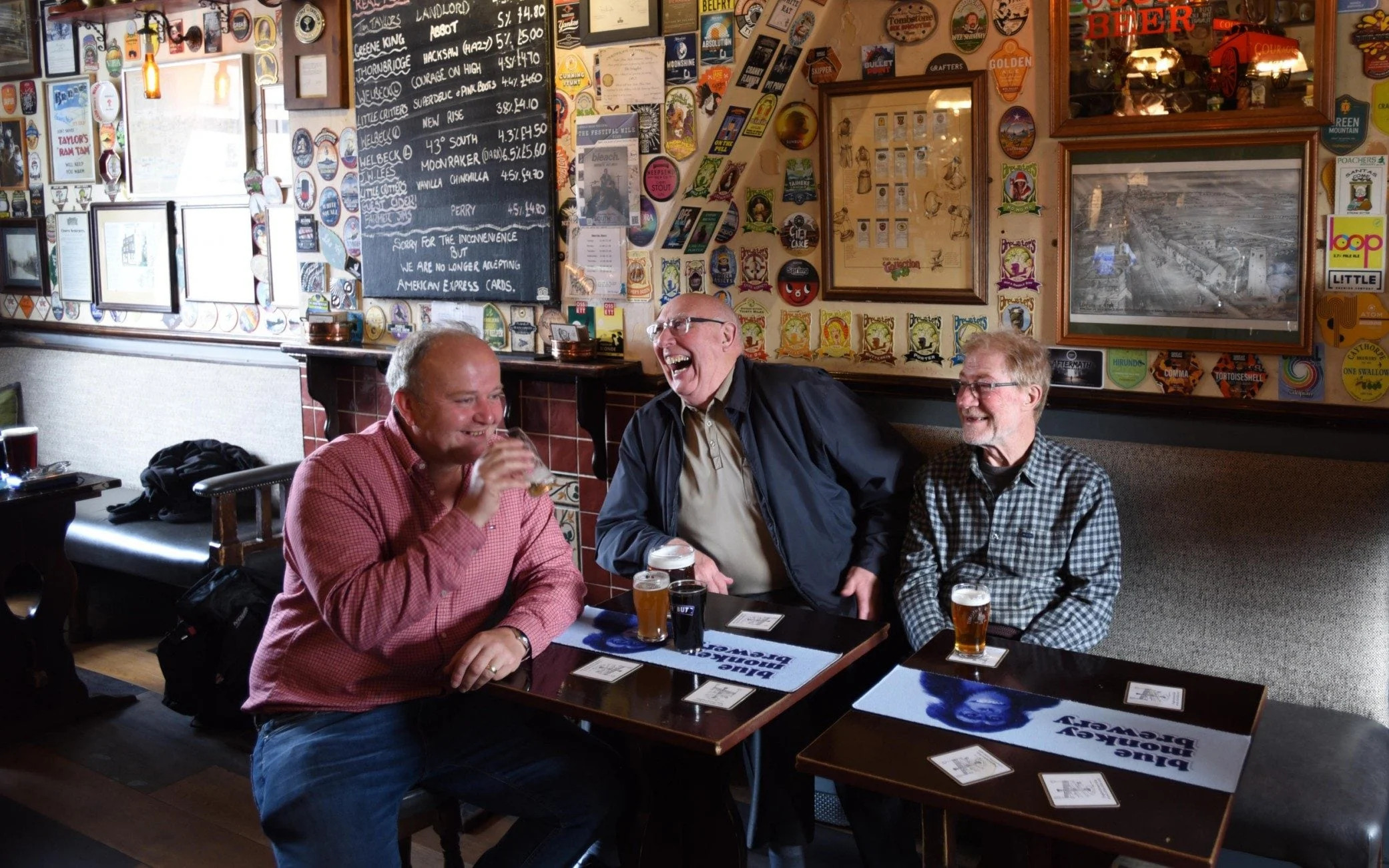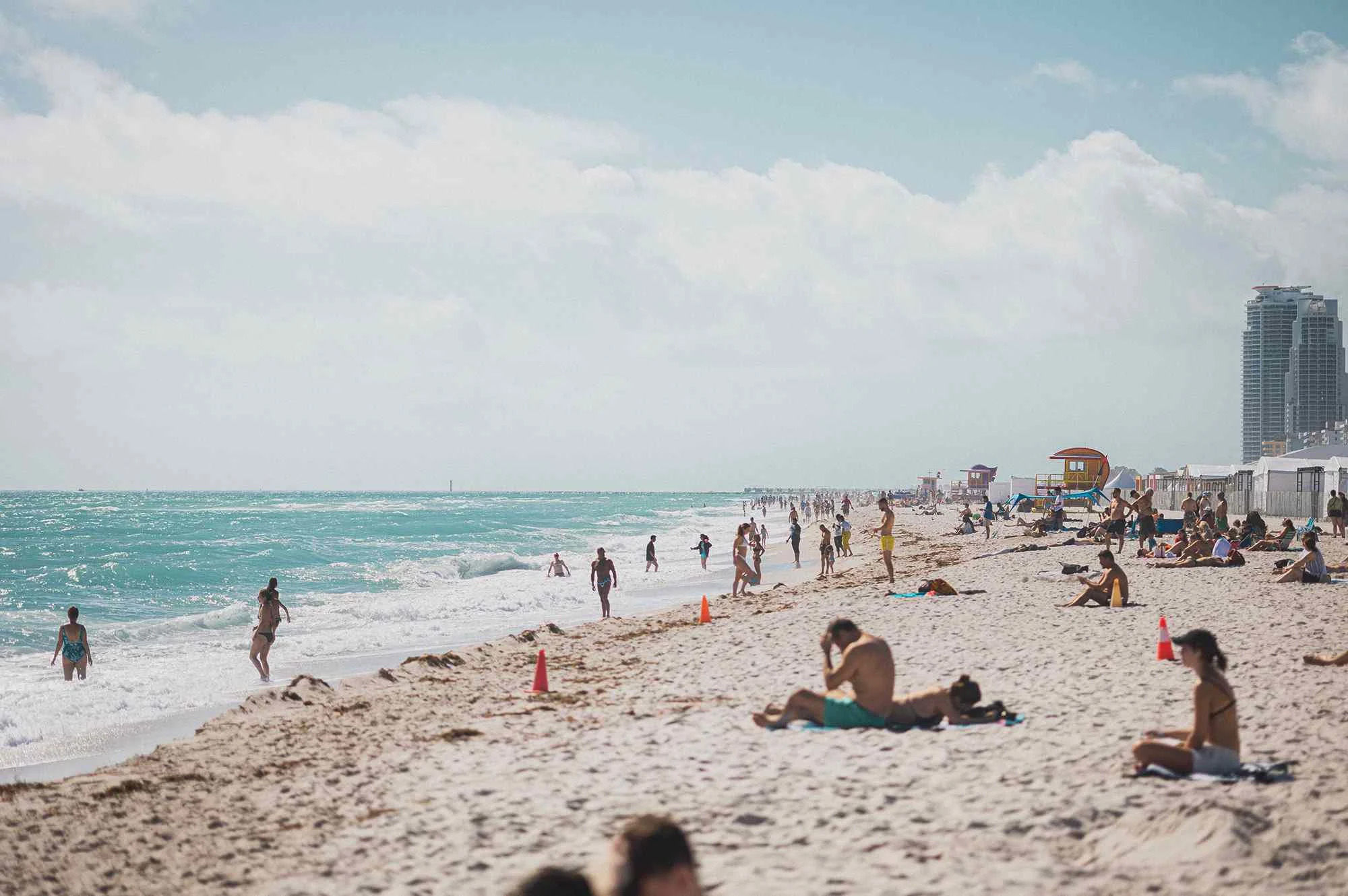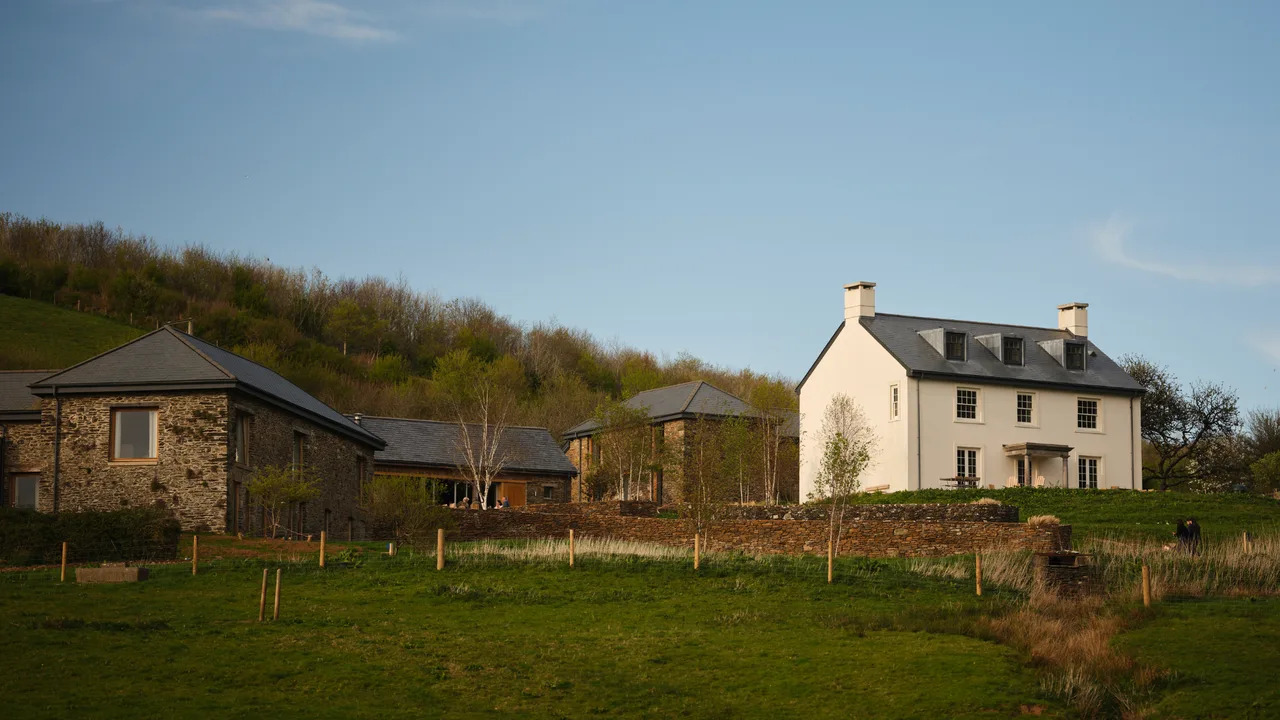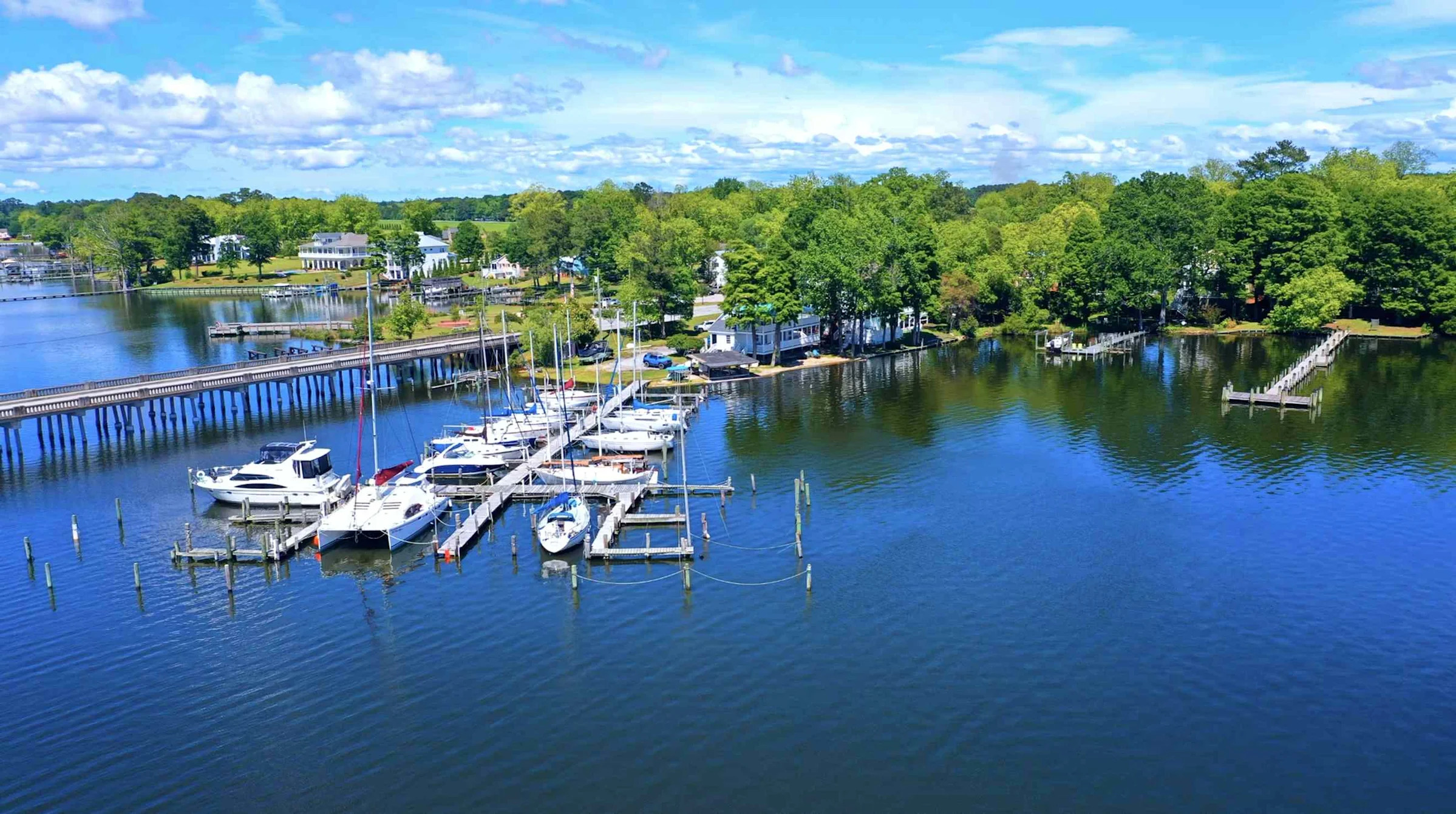We’re the first people in history to cross the Alps in wheelchairs – here’s what we learnt
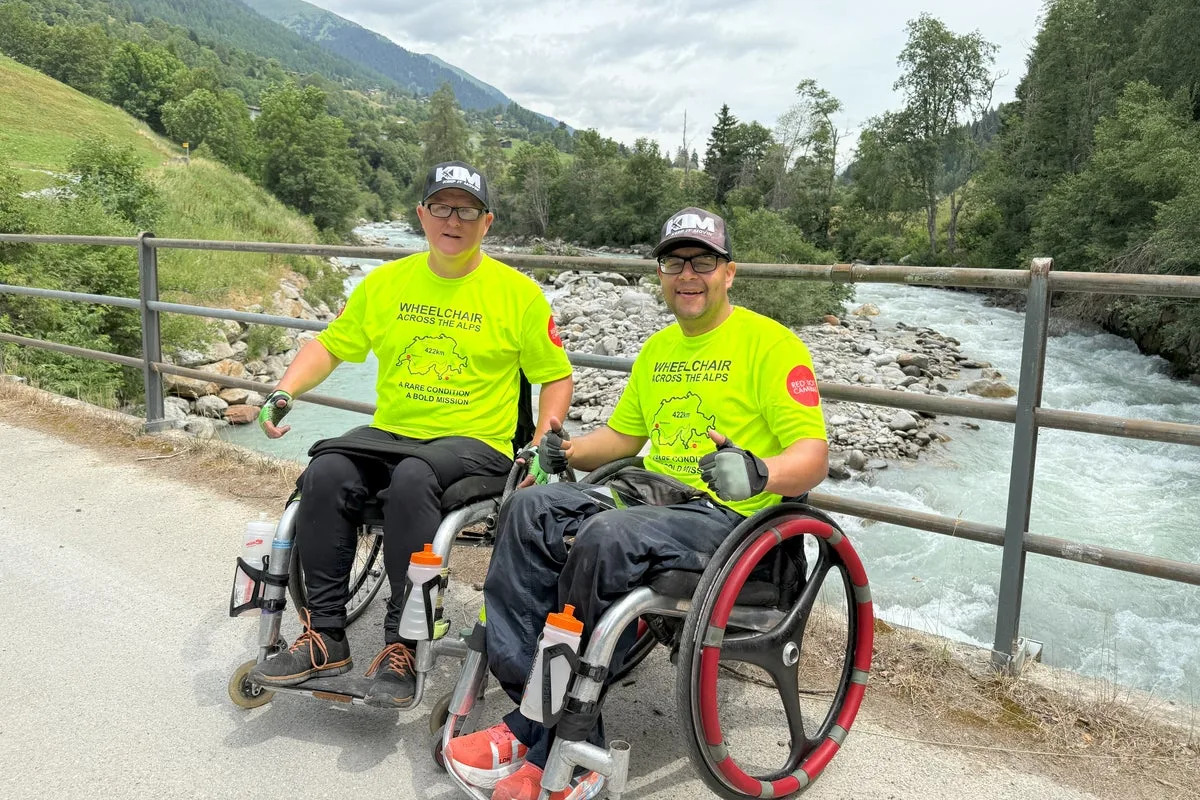
On the banks of Lake Geneva in late June, Ben Spencer and Peter Smorthit looked out towards the Alpine peaks. Over the next 18 days, the friends would embark on a 262 mile-journey across one of Europe’s most extreme landscapes, reaching heights of 6,500 metres. Unlike other hikers, however, they would be setting themselves apart – by becoming the first to make the journey using only manual wheelchairs.
Their aim was to inspire other wheelchair users to take on more outdoor activities, all the while raising awareness of a rare neurological condition Ben has called progressive cerebellar ataxia.
“Coming from a point where I didn't want to travel, to doing this, has been a big journey. It's shown me –and I hope other disabled people – that you can do it,” Ben said, reflecting on the colossal expedition.
AdvertisementAdvertisement#_R_48sadkalhb5fiv5vddbH1_ iframe AdvertisementAdvertisement#_R_88sadkalhb5fiv5vddbH1_ iframeBen was only diagnosed in 2022 after experiencing symptoms for 15 years. Since then, Ben has been raising awareness of the condition by competing in the London Marathon, as well as enduring a 16-and-a-half-hour journey up Mount Snowdon in 2023.
After summiting the Welsh peak, however, it was time to take on an even larger challenge. Hence the trip to the Alps to raise awareness for Ataxia UK, a charity which researches treatments for the condition.
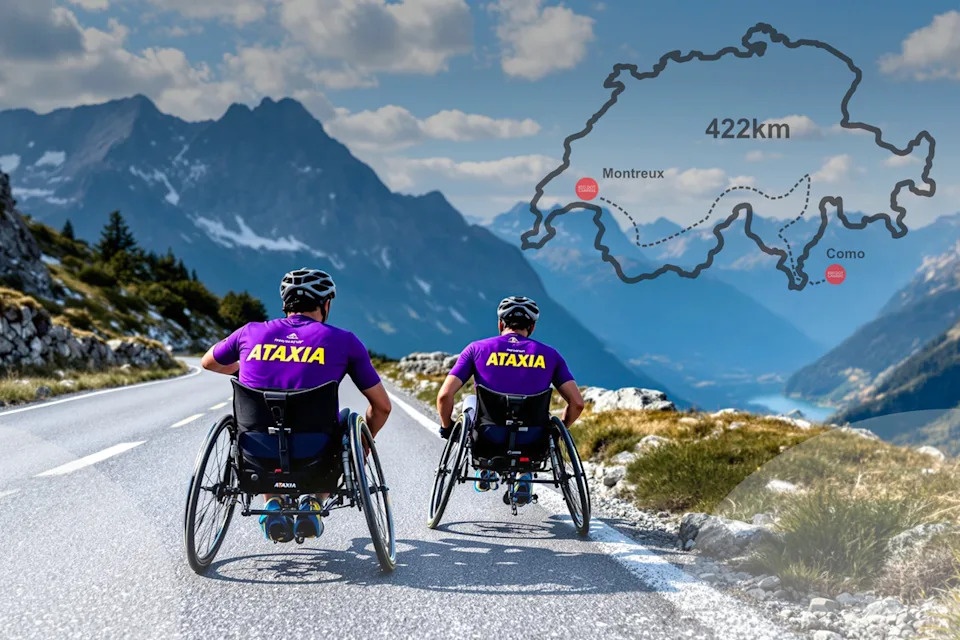 The pair started off from the banks of Lake Geneva and arrived in Lake Como (Alps4Ataxia)
The pair started off from the banks of Lake Geneva and arrived in Lake Como (Alps4Ataxia)The pair started off from the banks of Lake Geneva and arrived in Lake Como (Alps4Ataxia)
Not long into starting their journey in Vevey, Switzerland, the pair were hit by an “absolutely brutal” heatwave. It meant the extreme climbs of the Rhône Valley took two days, which was much longer than expected.
AdvertisementAdvertisement#_R_4ksadkalhb5fiv5vddbH1_ iframe AdvertisementAdvertisement#_R_8ksadkalhb5fiv5vddbH1_ iframeAfter that, the temperatures started to drop, but the challenges continued.
The athletes used EuroVelo routes through the Alps, which are designed for cyclists. The network comprises a mixture of roads, cycle paths, and trails, but a few says into the journey, the pair came across a less-accessible rough gravel track, complete with stones, boulders and tree roots.
Read more: Europe’s perfect one-day journey: Travel Switzerland by rail and bus, from deep south to far north
At that point, Peter had no choice but to drag himself up the hill, pulling his chair behind him for over a kilometre.
The athlete had drawn on this sort of determination before. Peter sustained a spinal cord injury at the age of 19 following a scaffold collapse on a building site, and is now paraplegic. In the years since, he has completed over 200 marathons and 150 ultramarathons, all from his wheelchair, and last year pushed himself from Land’s End to John O’Groats.
Remarkably beautiful routes
Ben and Peter’s journey was an extreme challenge, and they recommend that wheelchair-users who want to replicate their journey undergo some extensive preparation beforehand.
AdvertisementAdvertisement#_R_56sadkalhb5fiv5vddbH1_ iframe AdvertisementAdvertisement#_R_96sadkalhb5fiv5vddbH1_ iframePeter advises hill-training, while Ben explained they also built up their stamina by doing multiple marathons over a year.
Yet this level of groundwork is not necessary for every trip to the region.
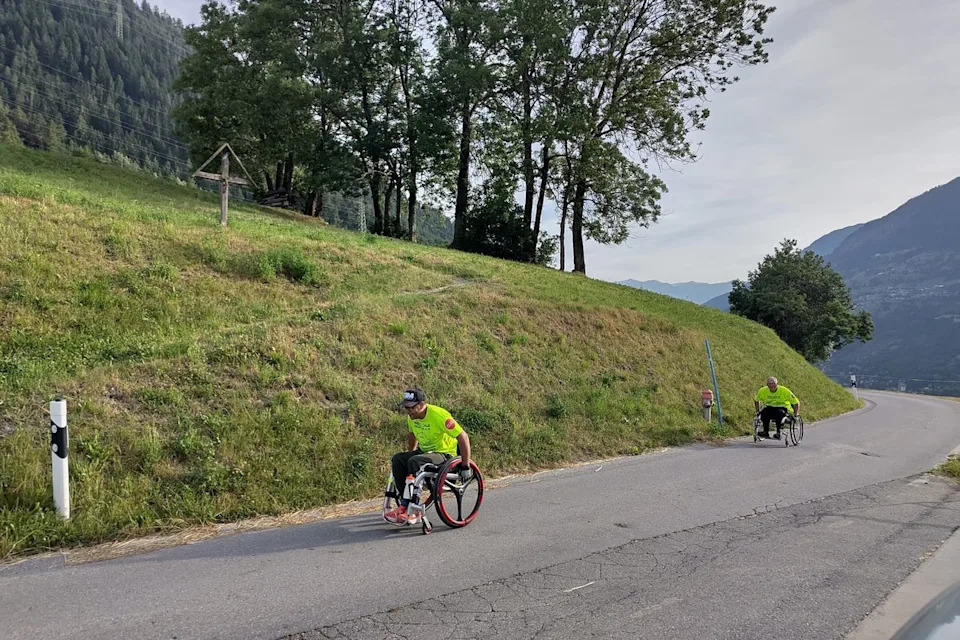 Ben and Peter navigated steep inclines and rough terrain along the way (Ben Spencer/Wheelchair Across the Alps)
Ben and Peter navigated steep inclines and rough terrain along the way (Ben Spencer/Wheelchair Across the Alps)Ben and Peter navigated steep inclines and rough terrain along the way (Ben Spencer/Wheelchair Across the Alps)
Read more: Why you should swap the heat of the Mediterranean for a summer holiday in Switzerland
“People in wheelchairs can certainly go out to the Alps and enjoy themselves,” Ben said.
Along their route, the pair discovered some remarkably beautiful, wheelchair-friendly routes. The Wysswasser Trail, in Switzerland, was a particular favourite – maintained as part of the Switzerland Mobility scheme. And Zugspitze, the highest mountain in Germany, can be summited via accessible cable car.
Leaving your comfort zone
Ben and Peter stopped at campsites along the way, staying in a campervan. While a few of the facilities along the route were sufficient, some did not have the requisite disabled toilets or washrooms.
AdvertisementAdvertisement#_R_5qsadkalhb5fiv5vddbH1_ iframe AdvertisementAdvertisement#_R_9qsadkalhb5fiv5vddbH1_ iframeThey found that even though some were labelled as accessible, they were not optimal for wheelchair-users. At a site in France, Ben found the water was stone cold. He had to find someone to turn on the hot water, believing it was likely left off as standard.
Read more: ‘It’s like having your legs broken’: The truth about flying as a disabled traveller
Other elements of travelling can be intimidating, too. Ben explained that when he first started using a wheelchair, he was scared of getting on a plane with all the equipment because he thought it could be easily damaged.
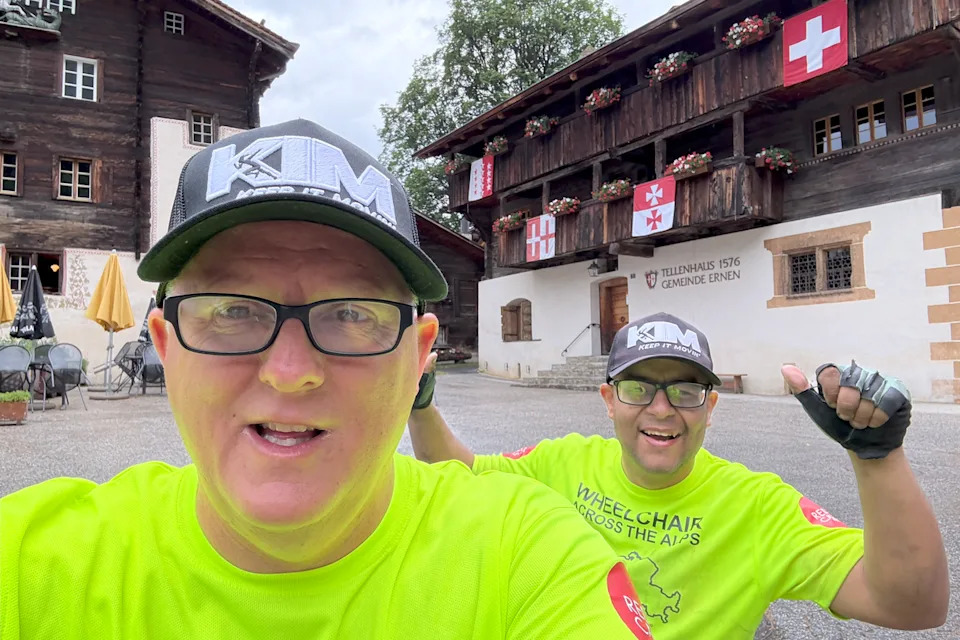 Ben and Peter became the first people in history to cross the Alps using only manual wheelchairs (Ben Spencer/Wheelchair Across the Alps)
Ben and Peter became the first people in history to cross the Alps using only manual wheelchairs (Ben Spencer/Wheelchair Across the Alps)Ben and Peter became the first people in history to cross the Alps using only manual wheelchairs (Ben Spencer/Wheelchair Across the Alps)
AdvertisementAdvertisement#_R_66sadkalhb5fiv5vddbH1_ iframe AdvertisementAdvertisement#_R_a6sadkalhb5fiv5vddbH1_ iframe“The barriers to travel for disabled people are physical, they're mental, and they're psychological.
“You're leaving the comfort of your environment and what you know is safe at home,” Ben said. “If you can mentally prepare yourself that there are going to be issues, you get used to accepting that there are going to be barriers, and that gets you halfway.
“There shouldn't be barriers. The world should be accessible. But the reality is you have to overcome those.”
Read more: Our daughter has Down syndrome – this Lake District destination made the perfect family holiday
The financial implications can also be prohibitive. “When I look at disabled travel adventures, the cost is just enormous,” Ben explained.
AdvertisementAdvertisement#_R_6isadkalhb5fiv5vddbH1_ iframe AdvertisementAdvertisement#_R_aisadkalhb5fiv5vddbH1_ iframePeter agrees, and advises would-be adventurers to create their own holiday package rather than relying on ready-made options.
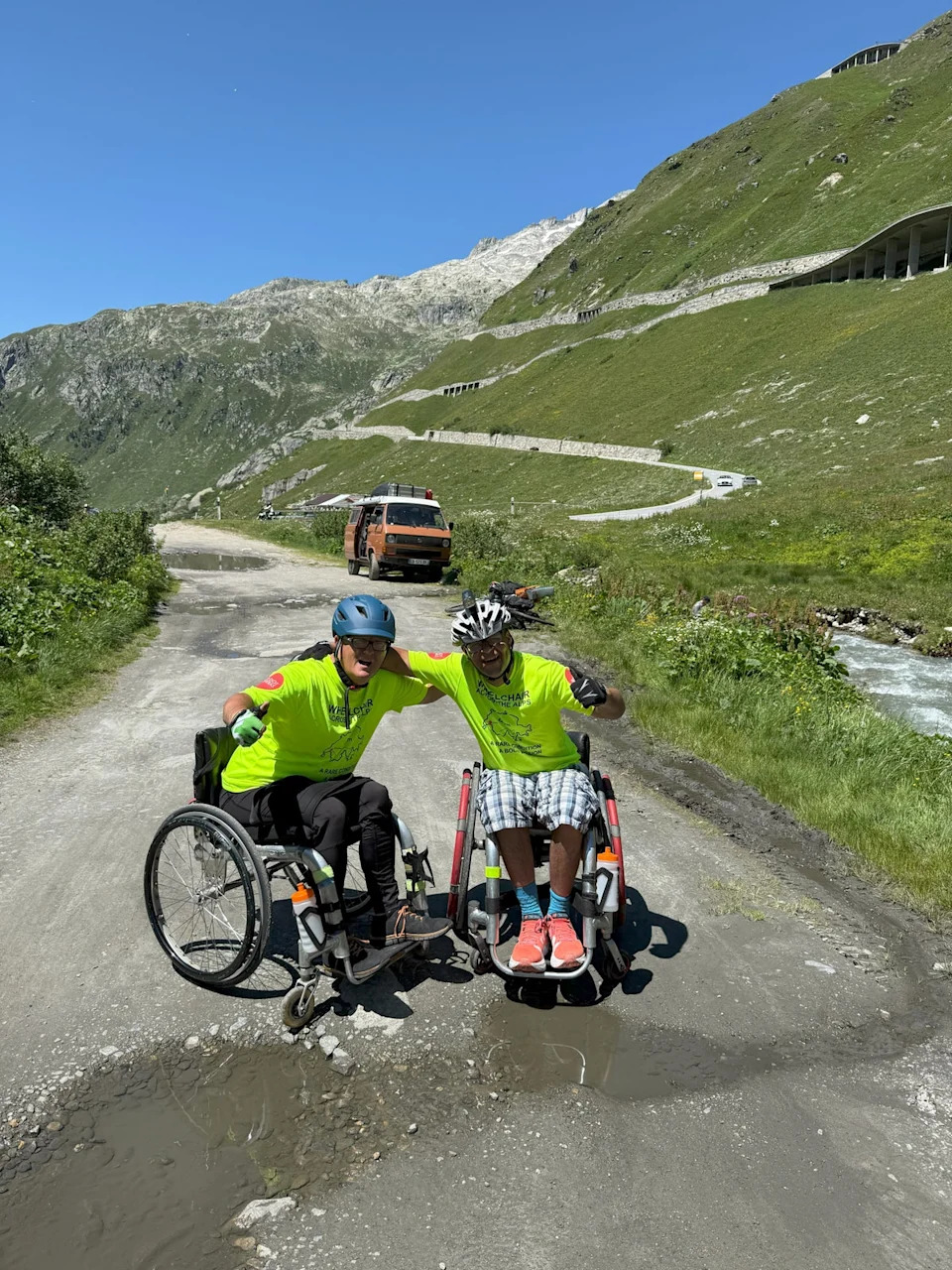 The pair raised awareness for a rare neurological condition called Ataxia (Ben Spencer/Wheelchair Across the Alps)
The pair raised awareness for a rare neurological condition called Ataxia (Ben Spencer/Wheelchair Across the Alps)The pair raised awareness for a rare neurological condition called Ataxia (Ben Spencer/Wheelchair Across the Alps)
The next adventure
On 8 July, over two and a half weeks since they set off, Ben and Peter reached the finish line at Lake Como, Italy.
This was not, however, the end of the journey. For their next challenge, the pair are considering crossing Canada or heading from northern to southern Europe in their wheelchairs.
But for now the athletes hope their journey has motivated others to see what they are capable of. As Peter explains: “It wasn't just to change ourselves, but to change people's perceptions of what's possible from a wheelchair.”
Find out more about Ben and Peter’s Alpine journey on their social media: @benpushes and @the_mad_marathoner.
For more travel news and advice, listen to Simon Calder’s podcast








